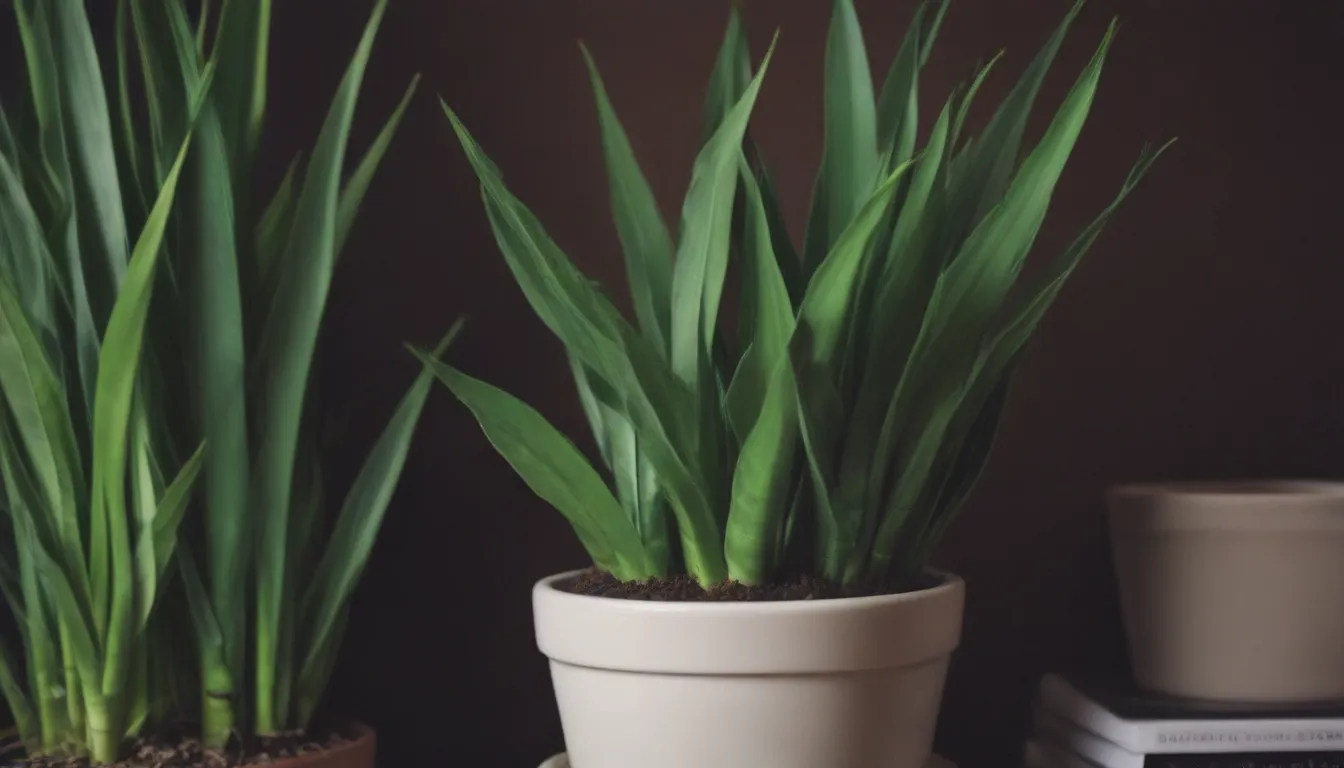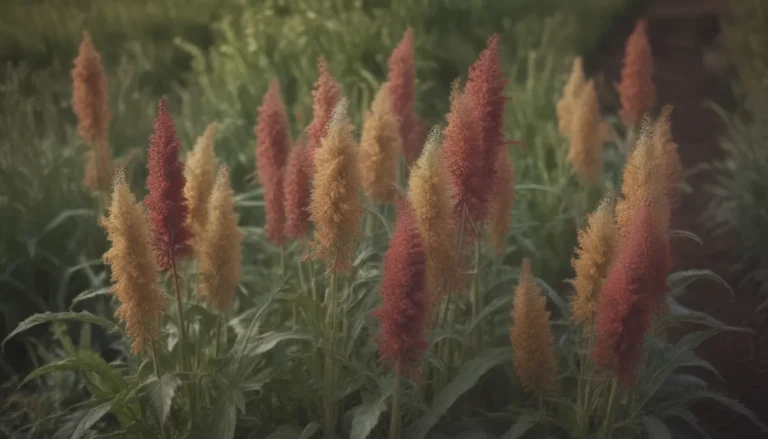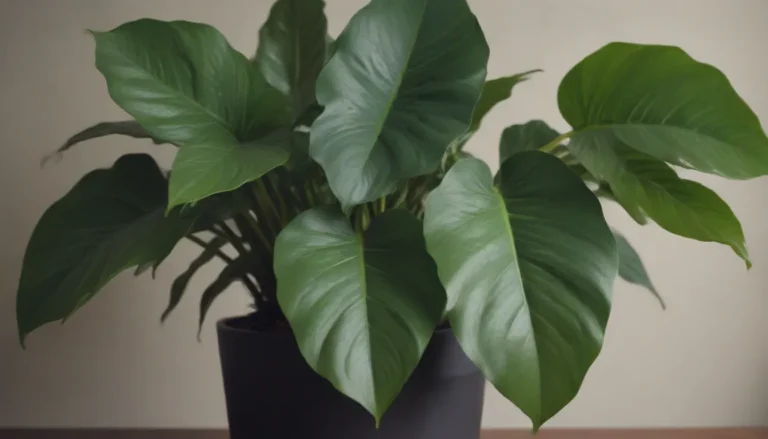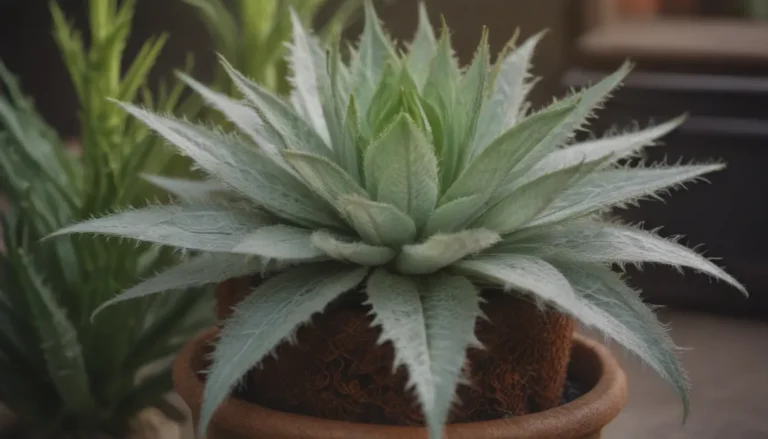A Comprehensive Guide to Snake Plant Care: How Often to Water Your Snake Plant

Welcome to our in-depth guide on how to properly water your snake plant (Dracaena trifasciata). Whether you’re a new plant parent or a seasoned pro, knowing the right watering schedule for your snake plant is crucial to ensure its health and vitality. In this article, we’ll explore the various factors that influence a snake plant’s watering needs, as well as provide you with valuable tips on how to keep your tropical plant hydrated and thriving.
Understanding Your Snake Plant’s Watering Needs
While snake plants are renowned for their resilience and ability to thrive in low-light conditions, they do require proper watering to prevent stress and ensure optimal growth. Here are some key points to keep in mind when determining how often to water your snake plant:
-
Watering Frequency: As a general rule of thumb, snake plants should be watered once their soil has completely dried out. During the spring and summer months, when light levels are higher and temperatures are warmer, you may need to water your plant more frequently – approximately once a week. In contrast, in the fall and winter, when light levels decrease and temperatures cool down, watering once every two to three weeks should be sufficient.
-
Temperature and Climate: Consider the climate in which you are growing your snake plant. Warmer temperatures will increase the plant’s water requirements, while cooler temperatures will result in less frequent watering. If you live in a region with consistent temperatures above 55 degrees Fahrenheit, maintain a steady watering schedule based on the warmer climate.
-
Monitoring Soil Moisture: Utilize a moisture meter to test the soil before watering your snake plant. It’s better to underwater a snake plant than to overwater it, as excessive moisture can lead to root rot.
Factors Influencing Your Snake Plant’s Water Needs
Several factors, both environmental and internal, can influence a snake plant’s watering requirements. Let’s delve into these factors and how they impact your plant’s overall health:
Light
- The amount of light your snake plant receives plays a significant role in its watering needs. Plants grown in bright light will require more frequent watering, while those in low light conditions will need less water.
Temperature and Humidity
- Temperature and humidity levels can affect how often you need to water your snake plant. Warmer temperatures typically result in increased water requirements, while high humidity levels can reduce the plant’s need for water.
Soil Type
- Snake plants thrive in sandy, well-draining soil. Good drainage is essential to prevent waterlogged conditions, which can lead to root rot. Adjust your watering schedule based on the soil type your plant is grown in.
Climate
- Consider the regional climate when deciding on a watering schedule for your snake plant. In wet or rainy climates, it may be best to keep your plant indoors to prevent overwatering.
Potting Container
- The type of pot your snake plant is grown in can also impact its watering needs. Terra-cotta pots dry out faster than plastic pots, while pots with drainage holes allow excess water to drain away efficiently.
Understanding How Snake Plants Store Water
Snake plants are classified as succulents due to their ability to store water in their thick, fleshy leaves. Hailing from various regions in Africa and Southern Asia, snake plants have adapted to survive in harsh conditions by utilizing a unique form of photosynthesis known as Crassulacean Acid Metabolism (CAM). This specialized process helps snake plants conserve water during periods of extreme heat and drought, making them well-equipped to withstand neglect and limited watering.
Identifying Signs of Underwatering and Overwatering
To ensure your snake plant remains healthy and vibrant, it’s essential to be vigilant for signs of both underwatering and overwatering. Here’s how to spot potential issues and take appropriate action:
Signs of Underwatering
- Dry, compacted soil
- Wilting or drooping leaves
- Stunted growth
If your snake plant shows signs of underwatering, give it a thorough watering and monitor its progress. Repotting the plant with fresh soil may also be necessary in severe cases.
Signs of Overwatering
- Yellowing or mushy leaves
- Rotten or foul-smelling roots
- Soil that feels constantly damp
If you suspect your snake plant is being overwatered, carefully inspect the roots for signs of root rot. It’s crucial to address overwatering promptly to prevent further damage to the plant.
Conclusion
In conclusion, understanding how often to water your snake plant is vital for its overall well-being. By considering factors such as light levels, temperature, soil type, and climate, you can tailor a watering schedule that meets your plant’s specific needs. Remember to keep an eye out for signs of both underwatering and overwatering, and adjust your watering routine accordingly. With proper care and attention, your snake plant will thrive and bring beauty to your living space for years to come.
Remember, in the words of Christopher Walken, “More cowbell!” – Okay, not really, but you get the gist. Happy planting! 🌿
Sources:
– Snacking on Sunlight. Ask a Biologist. Arizona State University.
– Dracaena trifasciata. North Carolina State University Extension.
– Mother-in-Law’s Tongue. ASPCA.





